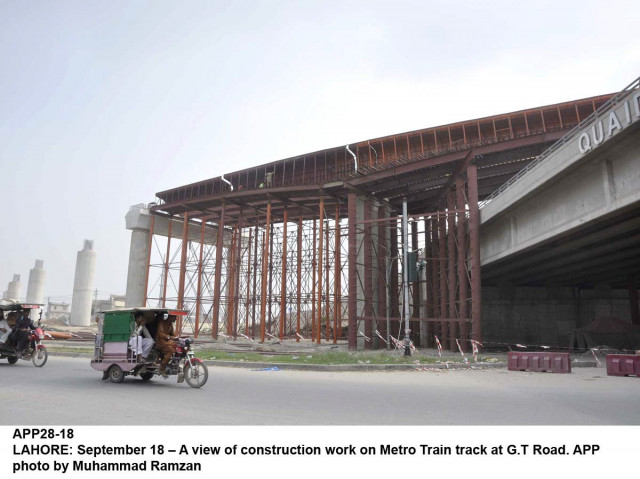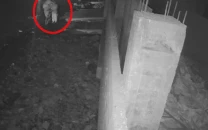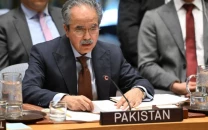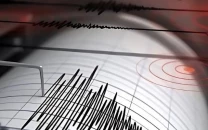Expressing concern: Consultant’s report on Orange Line draws flak
Experts say Robin Coningham does not have expertise to re-verify Nespak reports

The provincial government has contracts worth Rs45.5 billion with four companies for the civil works of the Orange Line of Lahore’s Metro Train PHOTO: APP
The Supreme Court on Oct 13 ordered appellants and respondents in the project to submit three names of consultants who could re-verify the credibility of M/s Nespak reports – dated July 2015 and February 2016.
Out of the names submitted by the appellants and respondents, the SC selected M/s TYPSA-Asian Consulting Engineers and Professor Robin Coningham, Department of Archaeology in its Oct 14 order for the re-verification of Nespak reports.
Both the experts submitted their reports to Punjab chief secretary and the reports were later submitted to Supreme Court of Pakistan. However, the report of Prof Coningham made its way to a section of the press.
Commenting on the issue, engineering experts said Professor Coningham is an archaeologist and not associated with Structural Engineering and therefore he does not have the expertise to re-verify Nespak reports about impact of vibration on archaeological monuments in Lahore.
The said professor has overstepped his mandate and discussed visual impacts and legal aspects of the project rather than giving his opinion about technical aspects of Nespak reports, they said.
The professor discussed these reports in terms of visual impact of Orange Line under Antiquities Act, 1975 and Punjab Special Premises (Preservation) Ordinance, 1985. He failed to discuss its technical aspects and to tell whether or not vibration values given in the reports are within permissible limits.
Meanwhile, TYPSA-Asian, after evaluation of Nespak reports and detailed deliberations, concluded that the approach adopted by Nespak is conservative that gives vibration velocities higher than actual.
“The Nespak reports rightly conclude that the levels obtained by calculation will be within the permissible limits and there will be no adverse effect on any of these sites,” it said, adding, “Nespak reports are comprehensive and complete… and the results are correct/within acceptable limits.”
An appeal of the Punjab government against the Lahore High Court’s (LHC) decision is pending in the SC which will decide this appeal after reviewing the reports of the experts.
Published in The Express Tribune, December 3rd, 2016.



















COMMENTS
Comments are moderated and generally will be posted if they are on-topic and not abusive.
For more information, please see our Comments FAQ